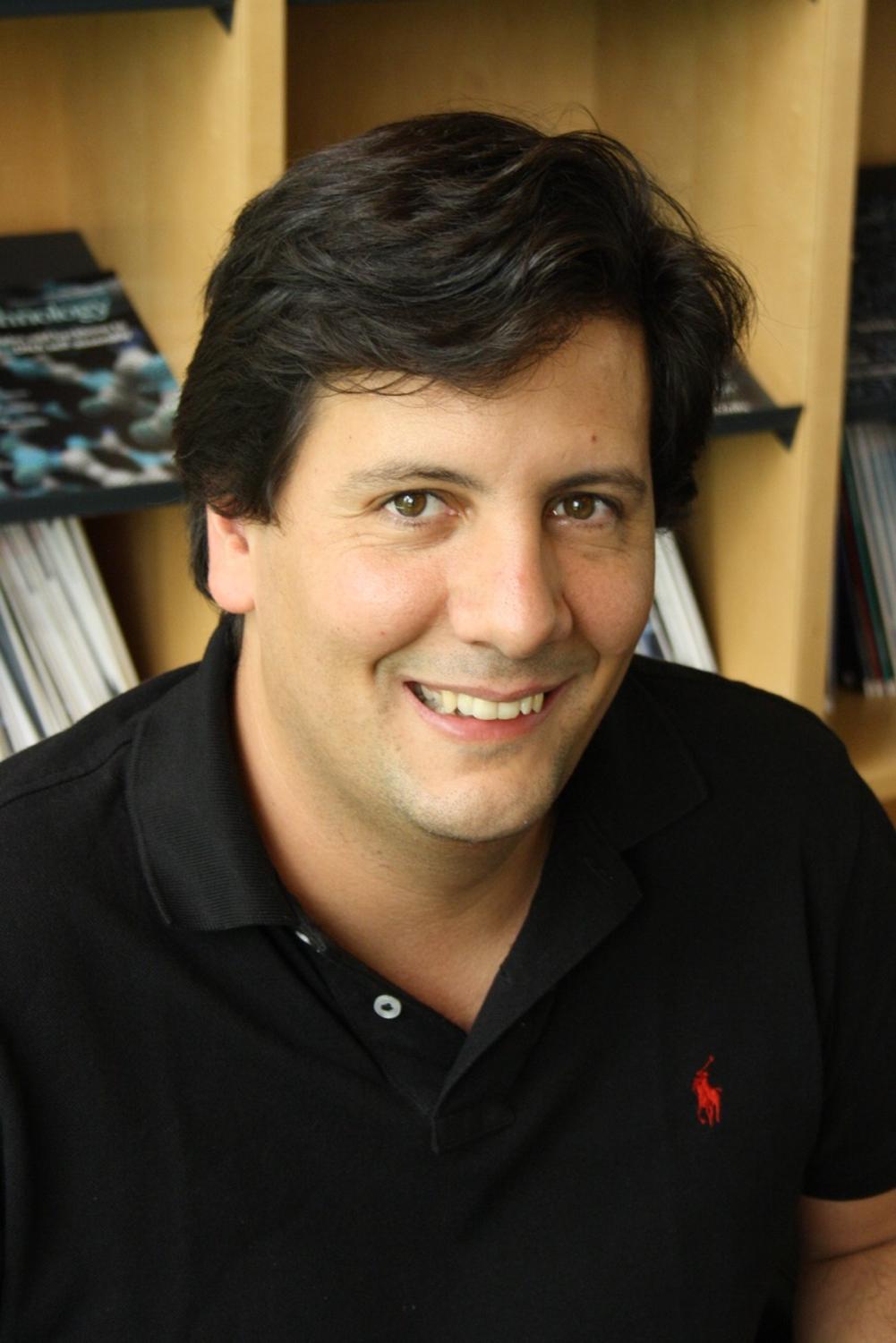Future materials are becoming 'topological’
A tremendously thin layer of wolfram and tellurium has turned out to be an exotic type of material that physicists have dubbed a ‘topological insulator’. NanoGUNE has participated in the study published in Nature Physics. The physical properties of this two-dimensional material confers it a promising future in the emerging field of spintronics.

Ugeda sees a promising future for materials of this type in spintronics, an emerging branch of electronics that aims to manipulate and control the spin of the electrons in order to use it as a carrier of information. The spin is an intrinsic property of electrons and, unlike its electronic charge, the spin can assume two opposing values: 'up' and 'down'. Therefore, the advantage of making use of the spin is reflected in the increase of the information transmitted. Spintronic devices could transport a greater quantity of data in a much more fluid way with less demand for power and less heat accumulation.
The material explored consists of wolfram and tellurium. Wolfram is a chemical element discovered in 1783 by the Elhuyar brothers in the Basque town of Bergara (Gipuzkoa); it is a metal used in countless applications, ranging from electric lamp filaments to ballpoint pen tips. By combining atoms of this metal with tellurium atoms in just three atomic layers, they discovered the first two-dimensional insulated material with topological properties, in other words, an electrical insulator inside and conductor on its edges. “The flow of electrons along the edges in this type of materials turns out to be linked to the spin (up and down) of each electron; surprisingly, electrons with the opposite spin move in the opposite direction along the edges. So currents with a specific spin in one direction or another can be generated. The channels or grooves along the edge of the material can be imagined as if they were a two-way road in which the “up” electrons go in one direction and the “down" ones in the other. And it cannot be otherwise,” explains Miguel M. Ugeda.
Furthermore, it is worth pointing out that due to the topological properties of this material, the electric current should be insensitive to any contamination and impurities that may be present in the material, a feature that distinguishes topological insulators from conventional conducting materials. Another added advantage is that the material “is chemically stable and relatively easy to synthesize. What is more, it can be combined with other two-dimensional materials in the form of a sandwich in order to design artificial materials with “à la carte” properties for any specific application,” adds the researcher.
S. Tang, C. Zhang, D. Wong, Z. Pedramrazi, H.-Z. Tsai, C. Jia, B. Moritz, M. Claassen, H. Ryu, S. Kahn, J. Jiang, H. Yan, M. Hashimoto, D. Lu, R. G. Moore, C.-C. Hwang, C. Hwang, Z. Hussain, Y. Chen, M. M. Ugeda, Z. Liu, X. Xie, T. P. Devereaux, M. F. Crommie, S.-K. Mo, and Z.-X. Shen
Quantum spin Hall state in monolayer 1T’-WTe2
Nature Physics, 13, 683-687 (2017). DOI: 10.1038/NPHYS4174
